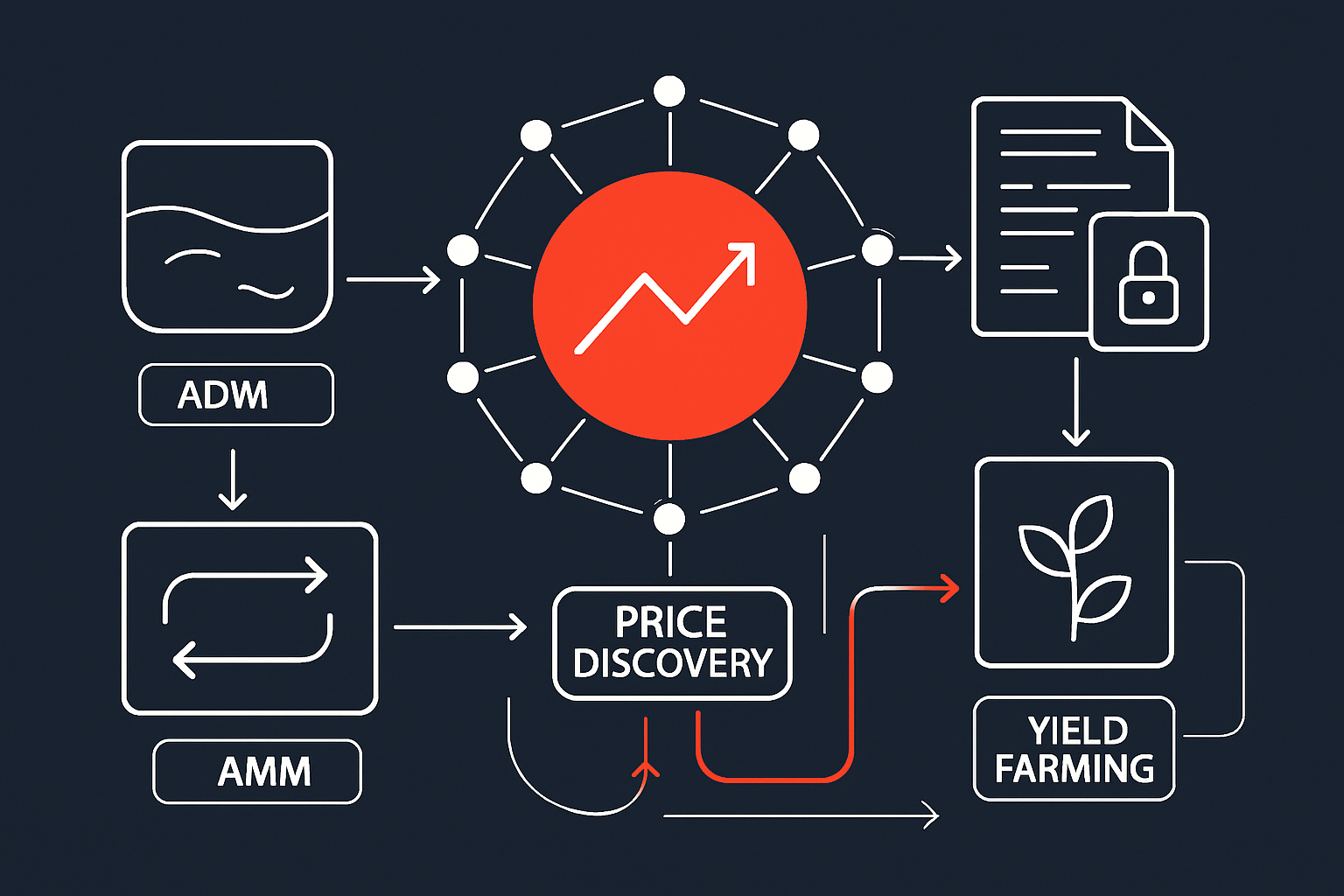
The rise of retail-friendly DeFi on the Base blockchain is opening new doors for everyday investors who want to participate in decentralized finance without the steep learning curve. Whether you’re seeking yield, lower fees, or simply exploring alternatives to traditional banking, Base offers an accessible entry point. In this guide, I’ll walk you through the essential steps to safely and confidently use Base for your first DeFi experience, no jargon, just actionable advice.

Why Choose Base Blockchain for Retail DeFi?
Base is a Layer 2 blockchain developed by Coinbase, designed with security, low transaction costs, and usability at its core. Its deep integration with the Coinbase ecosystem means retail users can transition from fiat to DeFi with minimal friction. Unlike some other blockchains that require complex setups or risky bridges, Base leverages Coinbase’s infrastructure to make onboarding straightforward and safe, especially important if you’re new to crypto.
With transaction fees dramatically lower than Ethereum mainnet and a growing suite of user-centric dApps (decentralized applications), Base is quickly becoming the go-to network for those seeking a gentle introduction to DeFi. The network’s design also prioritizes security audits and transparent analytics tools, key features for anyone cautious about protecting their assets.
Step 1: Setting Up Your Coinbase Account
Your journey begins by creating a Coinbase account. Think of this as your secure digital gateway into the world of crypto. Head over to Coinbase’s website or app and follow the prompts to register. You’ll need to provide identification and verify your details, this isn’t just bureaucracy; it’s an important layer of protection against fraud and unauthorized access.
Choose a strong password unique to this account and enable two-factor authentication (2FA). These steps may seem basic but are critical in keeping your funds safe from phishing attempts or account breaches.
Step 2: Funding Your Account and Moving Assets to Base
Once verified, add funds using your preferred payment method (bank transfer or credit card are common options). With your account funded, you can purchase cryptocurrencies like USDC or ETH, the main assets used in most DeFi protocols on Base.
Transferring assets onto Base is streamlined thanks to Coinbase’s native support. Within your Coinbase dashboard, select the asset you want to move, choose “Transfer, ” then pick “Base” as your destination network. This process is much safer than using third-party bridges since it stays within the trusted Coinbase ecosystem.
If you’d like more detail on safe asset transfers and minimizing risk during onboarding, check out our comprehensive step-by-step guide.
Choosing Your Wallet: MetaMask vs. Coinbase Wallet
To interact with dApps on Base, you’ll need a compatible wallet. The most popular choices are Coinbase Wallet (for seamless integration) and MetaMask, which now supports Base natively.
- Coinbase Wallet: Great if you want everything under one roof; setup is quick if you already have a Coinbase account.
- MetaMask: Ideal for those who may use multiple blockchains; simply add “Base” as a network in settings.
No matter which wallet you choose, always back up your seed phrase offline, never share it online or via email. This phrase is the master key to your funds; losing it means losing access permanently.
Navigating Retail-Friendly DeFi Apps on Base
The true appeal of Base lies in its ecosystem of intuitive DeFi platforms designed specifically for retail users:
- BaseSwap: A user-friendly decentralized exchange with guided onboarding flows.
- Aerodrome: Offers clear yield farming opportunities with transparent risk disclosures.
- RocketSwap: Simple trading interface ideal for beginners wanting fast swaps between tokens.
- Superbridge: Enables secure bridging between networks without leaving the safety net of audited contracts.
- DeFiLlama and Parsec: Analytics dashboards that help visualize portfolio performance without overwhelming charts or technical jargon.
If you’re ready to explore these apps hands-on, start small, test each platform with modest amounts before committing larger sums. This approach lets you learn how transactions work while limiting exposure during your learning phase.
Managing Risk and Staying Secure in DeFi
Security should always be top of mind when engaging with DeFi, especially as a retail user. While Base’s integration with Coinbase offers a strong security foundation, you’re ultimately responsible for your assets once they’re in your self-custody wallet. Here are some actionable tips:
- Double-check URLs: Only use official links or those sourced from trusted communities. Phishing sites can mimic real dApps and steal your funds.
- Review platform audits: Before depositing assets into any protocol, check if it has undergone a third-party security audit. Platforms like Aerodrome and Superbridge often display audit status on their sites.
- Enable wallet security features: Use biometric authentication or hardware wallets for extra protection where possible.
- Avoid sharing sensitive information: No legitimate DeFi app will ever ask for your seed phrase or private keys.
If you want to dive deeper into safe onboarding practices specific to Base, our resource on DeFi onboarding safety is an excellent next step.
Tracking Your Portfolio and Understanding Fees
One of the most empowering aspects of retail-friendly DeFi on Base is the ability to track your portfolio in real time without complex spreadsheets. Analytics tools like DeFiLlama and Parsec give you clear overviews of your holdings, yields, and transaction history. This transparency helps you make informed decisions and spot opportunities for optimizing returns.
Transaction fees on Base are typically much lower than on Ethereum mainnet, often just a few cents per transaction. This makes experimenting with different dApps more accessible for beginners who don’t want to risk large sums just to test the waters. Still, always check estimated fees before confirming any transaction within your wallet.
Growing Your Skills: Community and Continuous Learning
The DeFi landscape is dynamic, protocols evolve, new opportunities emerge, and best practices shift as technology matures. The Base community is active across social platforms and forums; participating in these spaces can help you stay ahead of scams, learn about new projects early, and connect with other retail investors sharing similar goals. Don’t hesitate to ask questions, there are no bad questions when it comes to protecting your money.
Ready to Take the Next Step?
You now have a clear roadmap for getting started with retail-friendly DeFi on Base, from account creation through secure participation in dApps designed for everyday users. Remember: start small, prioritize safety at every step, and leverage analytics tools so you’re always in control of your portfolio’s performance.
If you’d like more hands-on guidance or want to explore advanced strategies tailored for retail investors, check out our related guides:
- How Retail Investors Can Safely Get Started With DeFi on Base
- Secure and Simple DeFi Transactions on Base: A Guide For Retail Investors
The future of finance is open, and with platforms like Base lowering the barriers, it’s never been easier or safer for retail users to participate confidently in decentralized finance. Empower yourself by staying informed; let knowledge be your strongest asset as you navigate this exciting new financial frontier.





